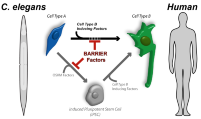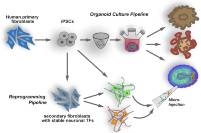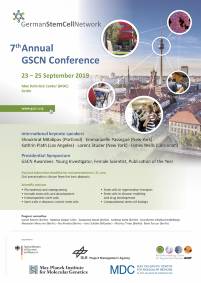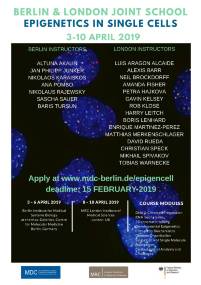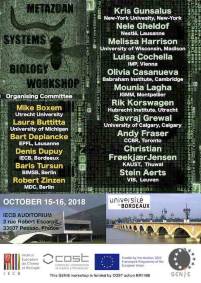Research Overview
Current strategies to generate required cell types for tissue generation involve use of embryonic stem cells or induced pluripotent stem cells (iPSCs). However, these strategies are associated with either ethical issues or have medical safety concerns and suffer from low efficiency, respectively. In general, differentiated cells are safeguarded by maintenance mechanisms that create a barrier for cell fate reprogramming. Identifying factors that convey such barriers is essential to overcome limitations of cellular reprogramming. Such enhancement is important to facilitate developing future biomedical applications such as tissue replacement therapies.
We are working on identifying genes and characterizing the mechanisms that maintain and safeguard the differentiated state of cells thereby inhibiting direct reprogramming. Using C .elegans as a powerful genetic model organism we can perform high-throughput forward genetic screens as well as whole-genome RNAi screens. Most worm genes have human homologs and many important regulatory processes are conserved also in higher organisms. This is reflected by the fact that C. elegans researchers pioneered discoveries such as RNA interference (RNAi), programmed cell death (Apoptosis), axon guidance molecules (Netrin), and the first micro RNAs (miRNAs). Moreover, the first animal in which the green fluorescent protein (GFP) was used was C. elegans, which was also the first multicellular organism to have its genome sequenced.
The large number of recent studies on reprogramming cell fates reflects that understanding the mechanisms of converting a cell type to a different fate has become a prevailing task in research. The prospect of cellular replacement therapies for patients suffering from degenerative diseases such as Parkinson’s, Alzheimer’s and Muscular Dystrophy urges developmental biologists to understand not only how specific neuronal fates or muscle cells are generated but also how they can be derived from other tissues by reprogramming cellular fates.
A crucial requirement for the successfull application of reprogrammed cells for tissue-replacment therapies is that in vitro reprogrammed cells can integrate into tissues. Therefore, we started to establish an Organoid-based approach to investigate the quality of reprogrammed cells in an ex vivo physiological context. We are using cerebral Organoids derived from human iPSCs allowing us to test in an animal-free context whether reprogrammed cells can be integrated in to existing tissues.
